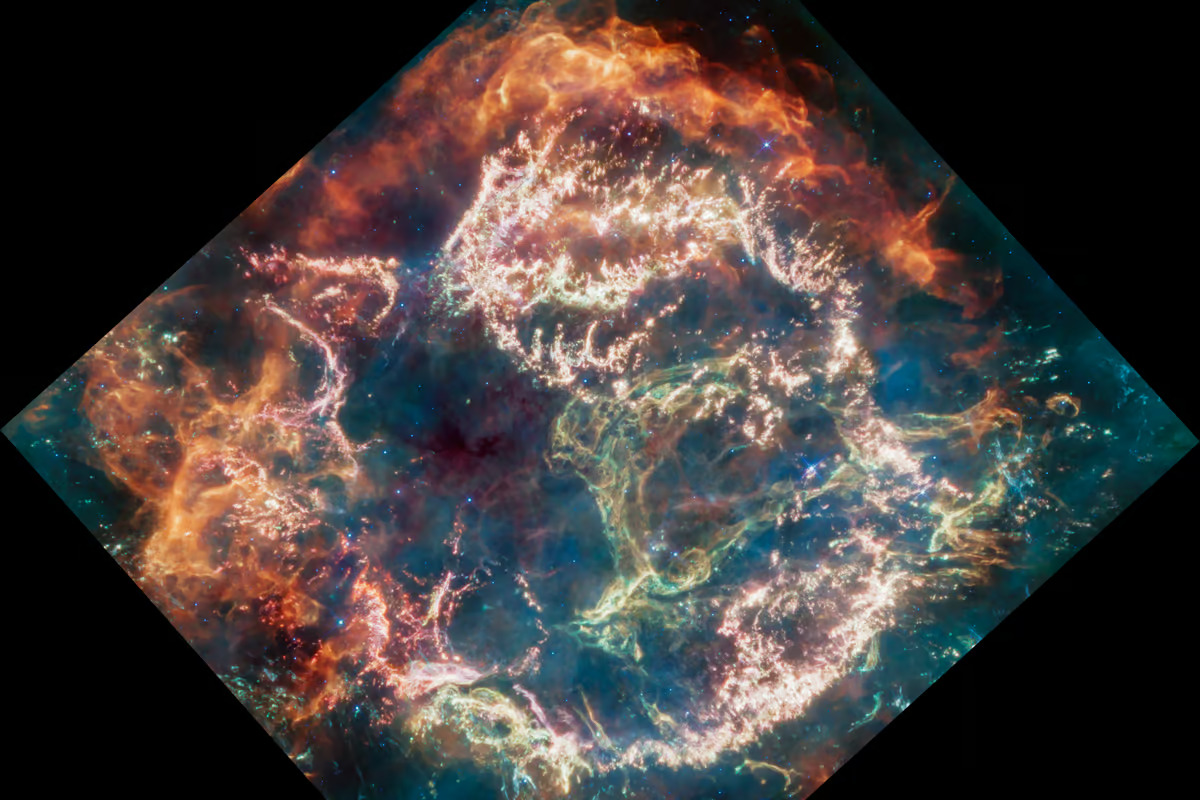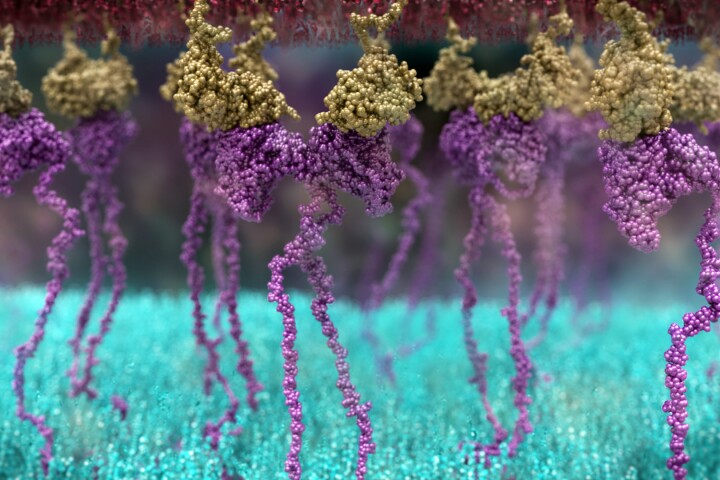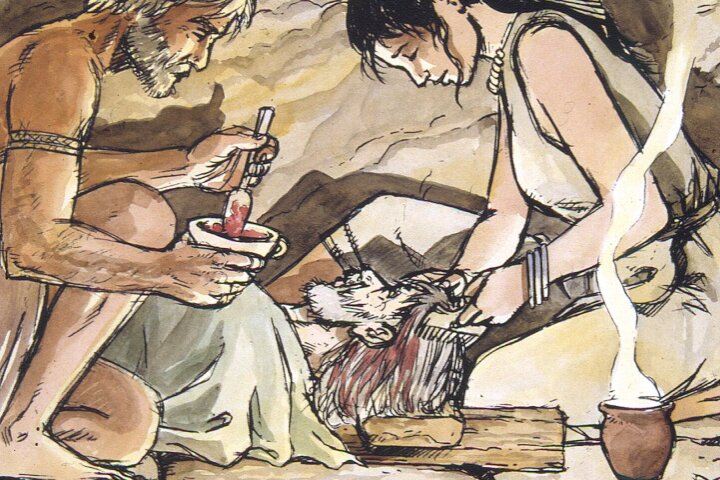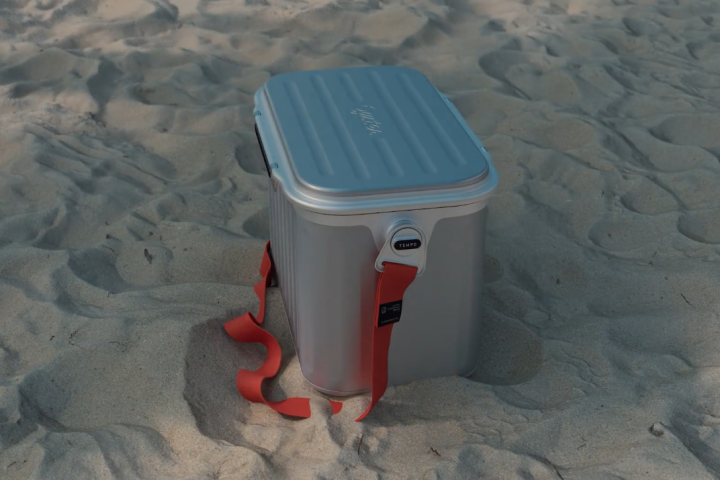 Images like these are showing the true promise of the James Webb Space Telescope. NASA, ESA, CSA, D. D. Milisavljevic (Purdue), T. Temim (Princeton), I. De Looze (Ghent University). Image Processing: J. DePasquale (STScI)
Images like these are showing the true promise of the James Webb Space Telescope. NASA, ESA, CSA, D. D. Milisavljevic (Purdue), T. Temim (Princeton), I. De Looze (Ghent University). Image Processing: J. DePasquale (STScI)
–
When a star runs out of fuel, it collapses under its own gravitational force and triggers a brilliant explosion known as a supernova. This is the case with Cas A which, from Earth’s perspective, blew up 340 years ago. This relatively recent cosmic event makes it the youngest known supernova remnant visible from Earth, which has in turn made it the subject of a lot of scrutiny over the years. It’s located about 11,000 light-years away from Earth and is found amidst the constellation Cassiopeia in our sky. It measures about 10 light-years across.
“Cas A represents our best opportunity to look at the debris field of an exploded star and run a kind of stellar autopsy to understand what type of star was there beforehand and how that star exploded,” said Danny Milisavljevic of Purdue University, principal investigator of the Webb program that captured these observations.
While Cas A has been observed by astronomical instruments before, Webb’s ability to image in the mid-infrared light range along with its massive mirror allows it to not only see deeper into space, but provides the ability to render sharper images of bodies closer to our own galaxy, giving researchers a heretofore impossible level of detail on the remnant. Gaining more insight into what happened with Cas A can significantly add to our understanding of stellar processes, even the ones that led to our own formation. That’s because supernovae spew some of the very elements found inside our bodies into interstellar space such as calcium and iron.
“By understanding the process of exploding stars, we’re reading our own origin story,” said Milisavljevic. “I’m going to spend the rest of my career trying to understand what’s in this data set.”
In Webb’s new image of Cas A, infrared light was turned into visible wavelengths of light, creating a brilliantly colorful image. One of the more striking details is a greenish-brown loop of light to the right of the supernova’s center which, for the moment, has researchers perplexed but not uninspired. “We’ve nicknamed it the Green Monster in honor of Fenway Park in Boston” said Milisavljevic. “If you look closely, you’ll notice that it’s pockmarked with what look like mini-bubbles. The shape and complexity are unexpected and challenging to understand.”
Other newly spotted details include orange and reddish wisps of light near the top and left of the image which, the researchers say, is a result of an area in which material ejected from the collapsed star’s core is slamming into surrounding gas and dust. There’s also a bit of pinkish light a bit closer in, which is glowing due to the presence of heavy elements like argon, neon, and oxygen.
“We’re still trying to disentangle all these sources of emission,” said Ilse De Looze of Ghent University in Belgium, another co-investigator on the program.
Source: NASA
–
























